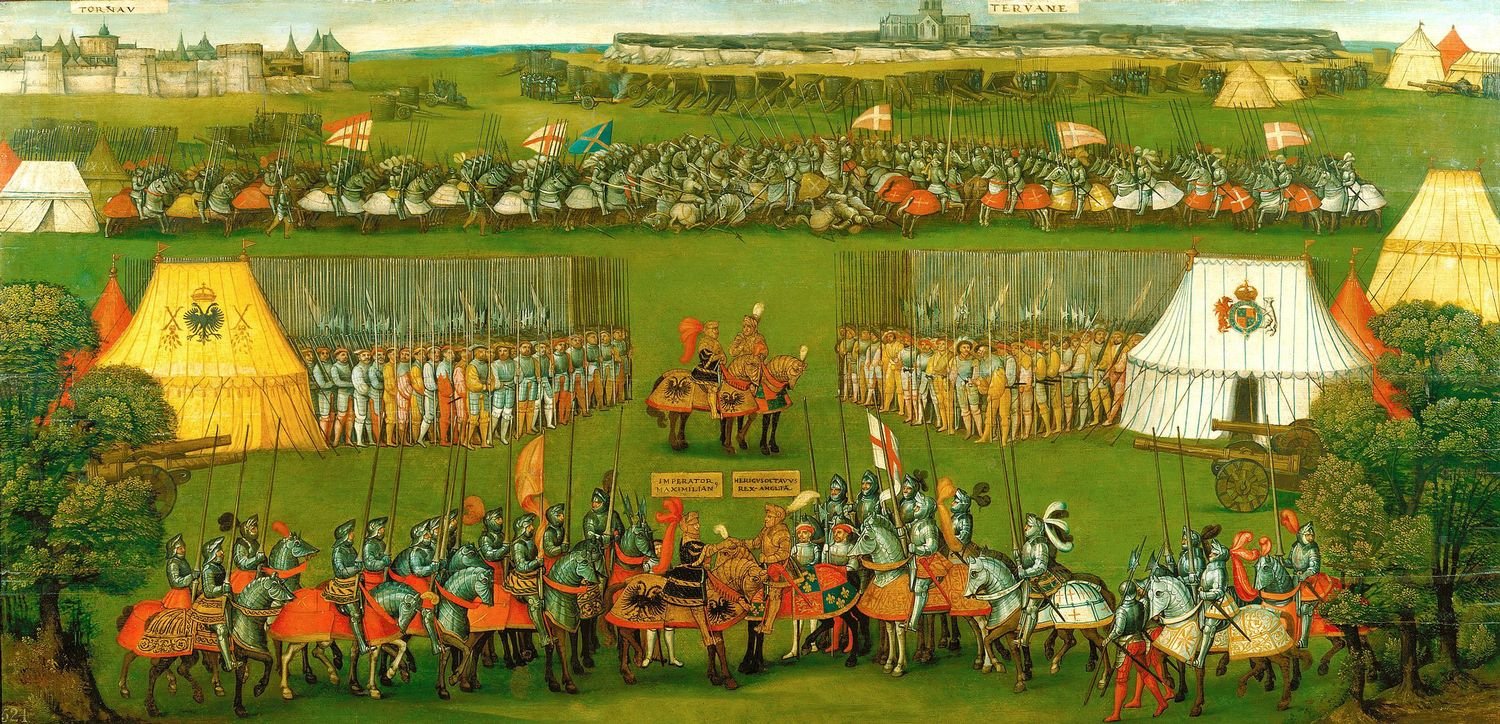
European Armour in the Royal Collection
An introduction to European armour in the Royal Collection.
Emperor Charles V (1500-1558)
circaRCIN 35325
For the Emperor Charles V (1500–1558), armour and its symbols were bound up with the defence of Catholicism against Reformation forces. When the Schmalkaldic League of Protestant Princes was created in 1531, Charles responded by ordering that the Virgin Mary appear on all his armours as an emblem of the supremacy of Catholicism. In this bronze bust, Leoni has replaced the Virgin with an image of the triumphant Risen Christ, perhaps to hint at Charles's recent victory against the League at Mühlberg in 1547. Charles remarked of the event, 'I cannot say like Caesar, I came, I saw, I conquered; but I can indeed say I came, I saw, and Christ conquered'. His self-perception as Christian soldier is clear. Leoni's careful representation of Charles's armour reinforces this: painstakingly rendered are the collar and badge of the Order of the Golden Fleece, an order of chivalry at that time associated with Catholicism. The bust, with two others by Leoni (RCINs 35323 and 35337), was made in Milan, the greatest centre of armour production in this period.







